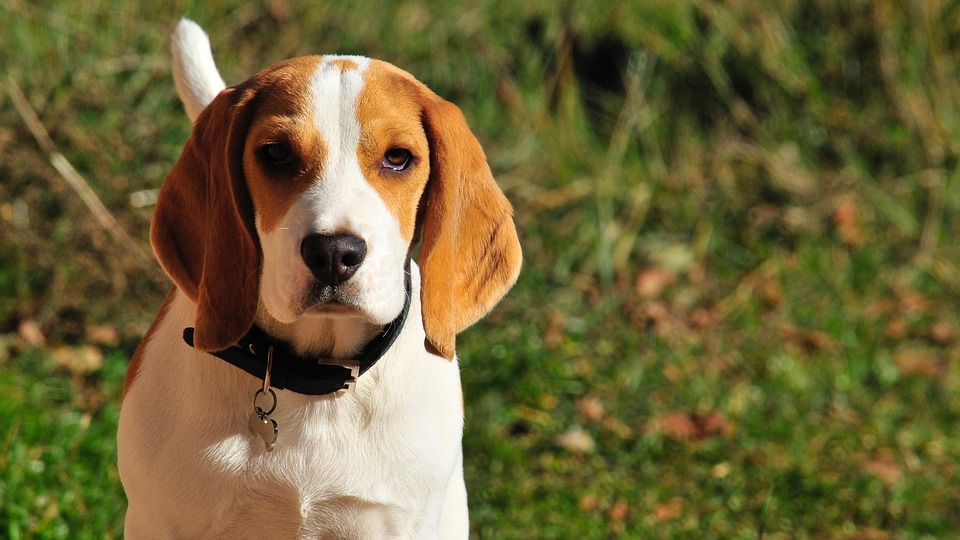Introducing Your Dog to Urban Environments and Noises: A Comprehensive Guide
Understanding the Importance of Proper Socialization
Urban environments can be overwhelming for dogs due to the various sights, sounds, and smells they encounter. Proper socialization is crucial in helping your furry friend adapt and thrive in the hustle and bustle of city life. In this article, we will discuss effective strategies to gradually introduce your dog to urban environments and noises, ensuring their well-being and happiness.
Start with Basic Obedience Training
Before taking your dog into a busy urban setting, it’s essential to establish a strong foundation of obedience training. Teaching your dog commands like “sit,” “stay,” and “come” will provide them with the necessary skills to navigate unfamiliar surroundings. These commands will also help keep your dog safe in urban areas.
Slow and Gradual Exposure
When introducing your dog to urban environments, it’s crucial to start slowly and gradually increase exposure over time. Begin with quieter areas, such as residential streets, and slowly progress to busier locations like parks or downtown areas. This gradual approach will prevent overwhelming your dog and ensure a positive experience.
Positive Reinforcement and Rewards
During the introduction process, positive reinforcement plays a vital role in shaping your dog’s behavior. Reward your dog with treats, praise, or play whenever they exhibit calm and confident behavior in urban environments. This positive association will help them associate urban settings and noises with positive experiences.
Desensitization Techniques
To help your dog become comfortable with urban noises, desensitization techniques can be employed. Start by exposing your dog to recorded urban sounds at a low volume, gradually increasing the volume over time. This gradual exposure will help your dog become accustomed to common urban noises, such as traffic, sirens, and construction sounds.
Create Safe Spaces for Your Dog
In urban environments, it’s essential to provide your dog with designated safe spaces where they can retreat and feel secure. Whether it’s a cozy corner in your apartment or a portable crate to bring along, these safe spaces will help your dog feel protected and reduce anxiety associated with the urban environment.
Frequently Asked Questions (FAQs)
Q1: How long does it take to introduce a dog to urban environments?
A: The duration varies depending on your dog’s temperament, previous experiences, and the level of exposure they receive. It can take several weeks to months to fully acclimate your dog to urban environments. Patience and consistency are key.
Q2: What if my dog shows fear or anxiety in urban settings?
A: If your dog displays signs of fear or anxiety, it’s crucial to remain calm and supportive. Consult with a professional dog trainer or behaviorist who specializes in anxiety-related issues to develop a tailored plan to address your dog’s specific needs.
Q3: Can I use anxiety-reducing products for my dog during the introduction process?
A: Yes, anxiety-reducing products like calming pheromone diffusers, anxiety wraps, or natural supplements can be helpful in reducing stress during the introduction process. Consult with your veterinarian to determine the most suitable options for your dog.
Q4: Are there any breeds that are more adaptable to urban environments?
A: While individual temperament plays a significant role, certain breeds, such as Labrador Retrievers, Poodles, and Golden Retrievers, tend to adjust well to urban environments due to their intelligence and adaptability. However, with proper training and socialization, any breed can thrive in urban settings.
By following these guidelines and taking the time to introduce your dog to urban environments and noises gradually, you’ll set them up for success in their city adventures. Remember, each dog is unique, so be patient, observe their comfort levels, and adjust your approach accordingly. With love, training, and positive experiences, your furry friend will confidently navigate the urban jungle.









